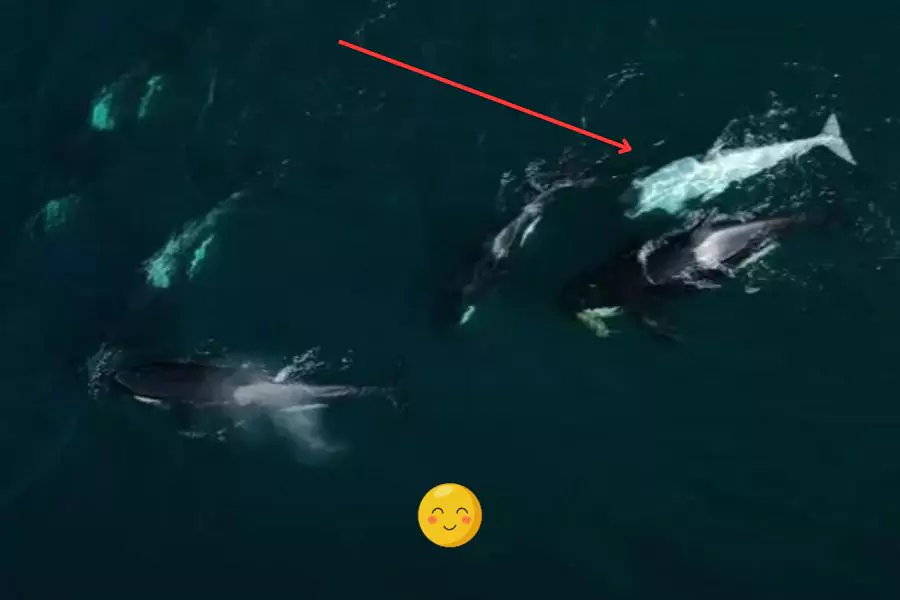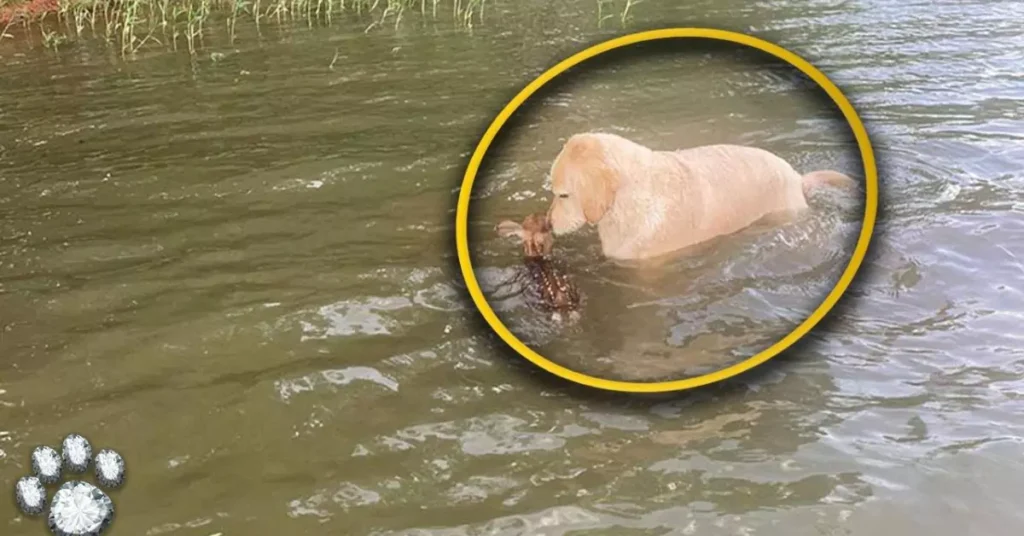
In a captivating video, a seasoned safety diver provides an eye-opening demonstration on how to handle an approaching Tiger Shark. The advice given is the opposite of what most people would expect, making it essential knowledge for anyone venturing into the ocean. Let’s delve deeper into this topic, adding valuable information about health, life, and travel insurance considerations for divers and ocean enthusiasts.
Understanding Tiger Sharks
Tiger Sharks, named for their distinctive striped sides, are among the shark species known to be potentially dangerous to humans. These large predatory sharks can grow up to five meters in length when fully mature. Their diet is diverse, including sea turtles, dolphins, fish, and even other sharks. Despite their fearsome reputation, the number of recorded fatal attacks on humans is relatively low. After the Great White Shark, Tiger Sharks hold the second-highest number of recorded fatal attacks on humans. However, incidents involving bees, wasps, and dogs are far more common.
Some popular tourist destinations offer specialized diving experiences with Tiger Sharks. These dives are conducted under the supervision of instructors who monitor the sharks closely. While these sharks are accustomed to human presence in these areas, divers must still exercise caution.
Misconceptions About Shark Behavior
Tiger Sharks are often misunderstood. While they are indeed large and predatory, their approach towards humans is usually driven by curiosity rather than aggression. The video in question starts by showing what not to do when faced with an approaching Tiger Shark. Acting like prey by splashing around or attempting to escape can trigger the shark’s predatory instincts, making it perceive you as potential food.
Proper Response to an Approaching Shark
Contrary to instinct, the correct way to respond to a Tiger Shark’s approach is to face it head-on, giving it the impression that you are also a formidable presence in the ocean. If the shark continues to approach, there is one more tactic to employ—though it should only be used as a last resort and by experienced divers. The technique involves placing your hand on the shark’s nose and pushing it downward, redirecting the shark away from you. This method, known as “redirecting,” allows the shark to continue on its path without harming you.
Public Reactions to the Video
The video has elicited a variety of reactions on social media. Some viewers expressed their intention to avoid the water entirely, while others made light-hearted comments about steering clear of shark-infested waters. Despite the humor, the underlying message is clear: understanding and respecting shark behavior is crucial for safe interactions.
Health, Life, and Travel Insurance for Divers
When engaging in activities such as diving, it’s essential to consider various types of insurance to protect yourself and your loved ones.
Health Insurance
Health insurance for divers should cover potential injuries or accidents that might occur during dives. This includes treatment for decompression sickness, also known as “the bends,” which can occur if a diver ascends too quickly. Ensure your policy covers emergency medical evacuation, as dive sites are often located in remote areas where immediate medical attention may not be available.
Life Insurance
Life insurance is particularly important for individuals who frequently engage in high-risk activities like diving. Some life insurance policies have exclusions for dangerous activities, so it’s crucial to find a policy that includes coverage for diving-related incidents. This provides financial security for your family in case of a fatal accident.
Travel Insurance
Travel insurance for divers should include coverage for lost or damaged equipment, trip cancellations, and interruptions. Additionally, ensure your travel insurance covers diving-related accidents and emergency medical care. This is especially important for divers traveling to international locations where healthcare facilities may vary in quality and accessibility.
The video demonstration by the safety diver offers invaluable advice for handling an encounter with a Tiger Shark. By understanding shark behavior and responding appropriately, divers can significantly reduce the risk of an adverse interaction. Moreover, considering health, life, and travel insurance is essential for divers and ocean enthusiasts to ensure they are adequately protected during their adventures. Whether you’re an experienced diver or a novice, staying informed and prepared can make all the difference in enjoying the wonders of the ocean safely.

























































































































